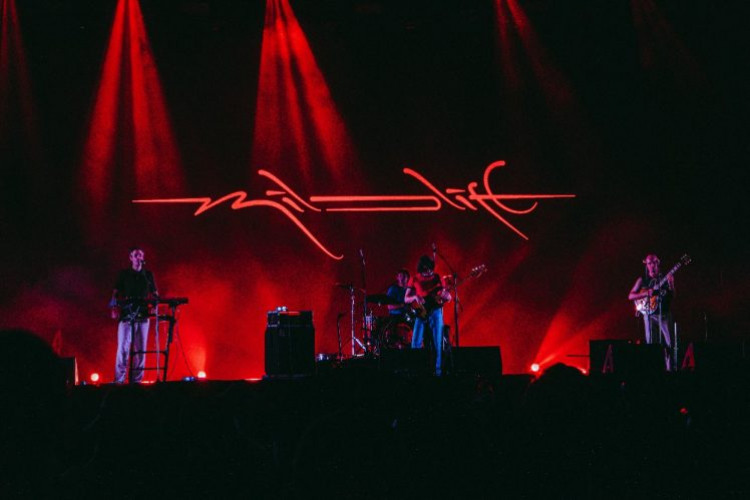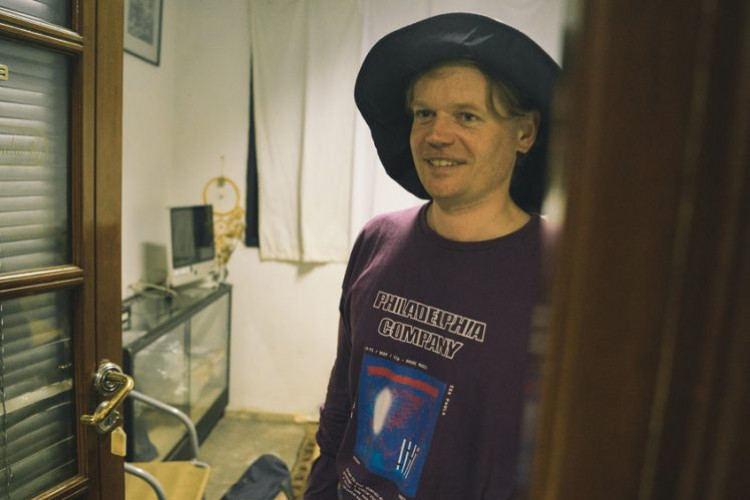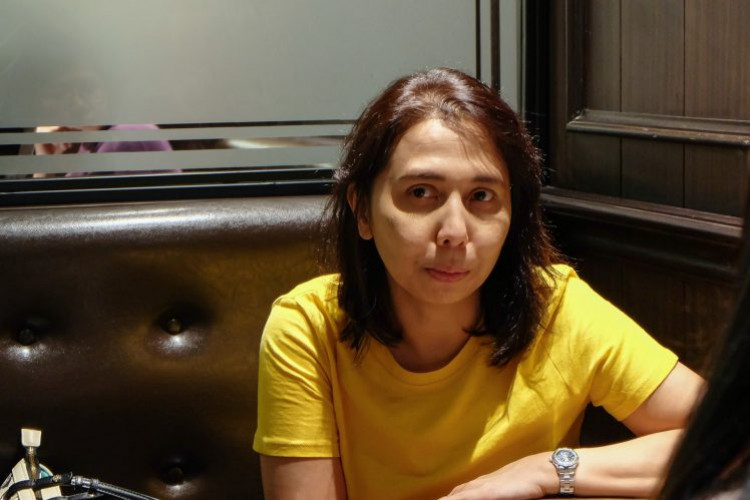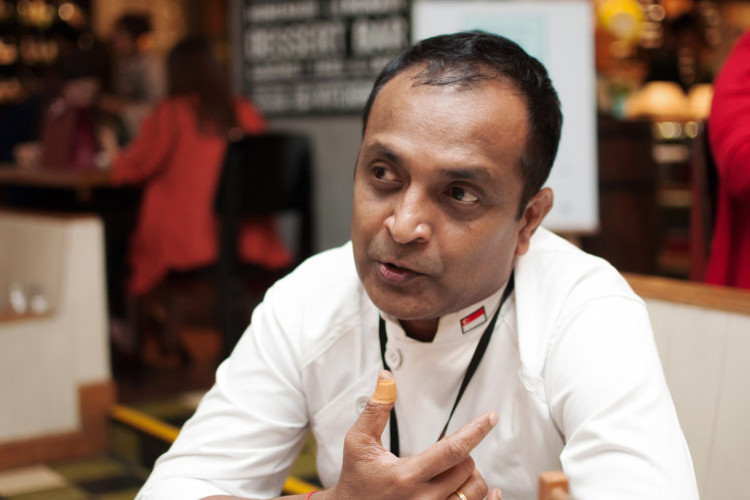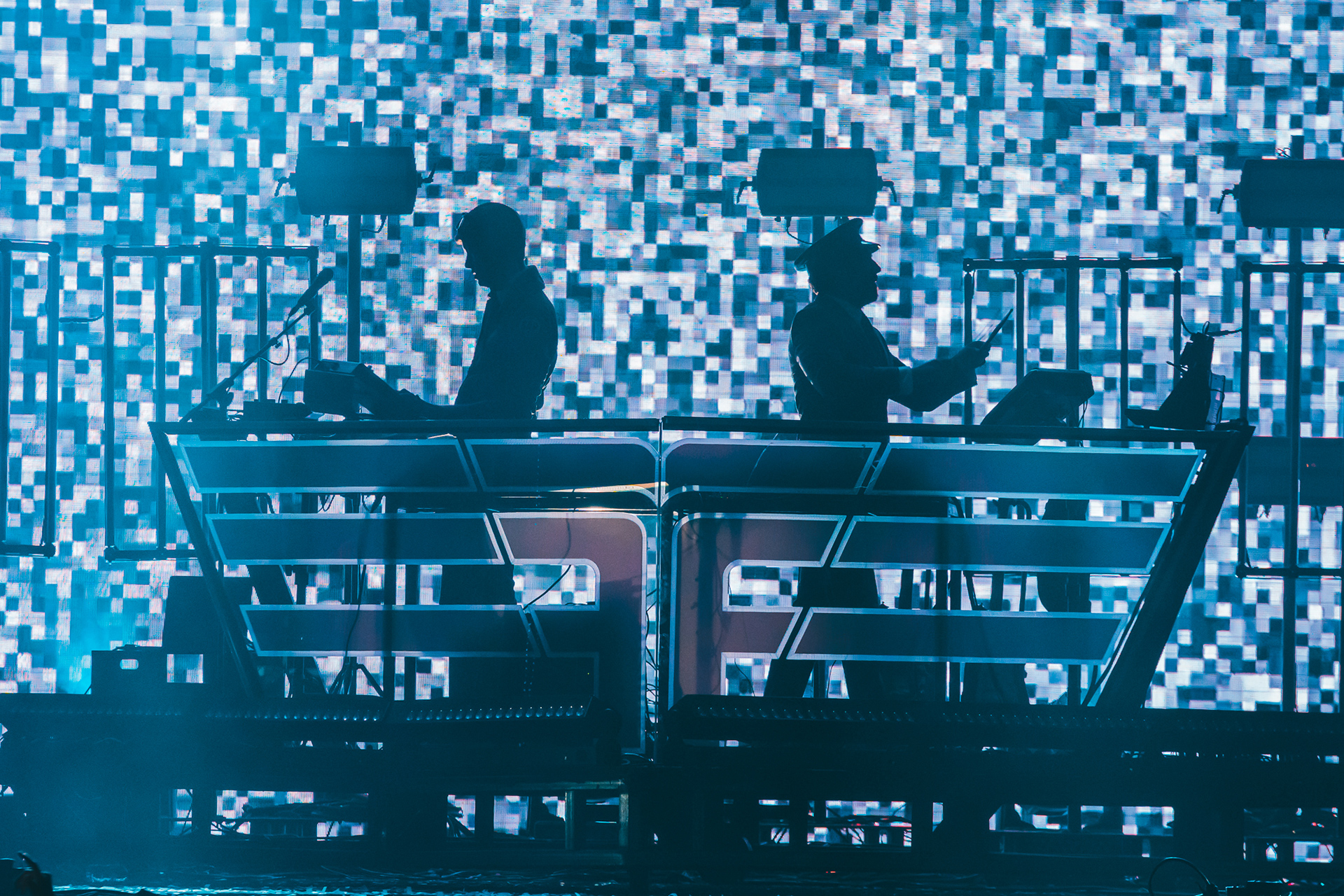
A Conversation with Flight Facilities About Cross Genre Collaborations and The Enduring Influence of 90’s Hip Hop
We caught up with Jimmy and Hugo on their last visit to Jakarta in the midst of ISMAYA 15 festivities.
Words by Emma Primastiwi
During the festivities of Ismaya’s 15th anniversary celebrations at ISMAYA 15, we had the opportunity to catch up with the duo behind Flight Facilities, James Lyell J: and Hugo Gruzman H:. From talking about the state of Australian music, the unfortunate end of the Kings Cross nightlife, to the growth of cross genre collaborations in music. In this interview, we uncovered Jimmy and Hugo’s love for 90’s hip hop and their dream concept for future projects.
So you met at the Kings Cross scene in Sydney back then, could you share the story of how you two became friends and eventually got together musically?
J: We became friends through Hugo’s cousin, and then I was DJ-ing at Kings Cross and I found out Hugo was DJ-ing too, he played where I was playing and I ended up listening to a mixtape that he made and really liked it. He was also the pizza delivery guy under the studio that I was working for and it kind of just went from there.
H: Yeah, Jimmy stopped working with the guy he was working with and so we just started comparing music and notes and started working together. It was a pretty lucky time, it all happened in the span of six months. We had already been friends for a few months longer than when we actually started making music.
In some ways the Australian scene has devolved which is a shame, because the live music scene has really suffered.
How do you think that scene has evolved since then?
H: In some ways the Australian scene has devolved which is a shame, because the live music scene has really suffered. We now have laws that has made it really difficult for Australians to stay up late and party and enjoy themselves so you have to go home at about 1:30 am, you can’t get into any clubs. And the basis of what we did was after 2 am, 3 am that’s where we learned a lot about what we were doing.
J: And that’s when you really meet someone (laughs).
H: Exactly! That’s when you get to know someone. And so, it’s a shame that it doesn’t exist anymore because it was an incredibly modern part of Sydney nightlife.
J: That’s how we got together, really.
H: Yeah! and that’s how a lot of Australian musicians started too, we can name at least two or three other acts who have made it internationally who had that same ability to cut their teeth doing those kind of shows, so it is such a shame that it doesn’t exist anymore. But, in the past few years there’s been a legion of artists that have made such amazing, strong music that’s given younger artists at least something to look up to. So the Australian music scene is actually really strong because of that.
You’ve done a number of interesting collaborations since the start of your career, with Kylie Minogue, Reggie Watts, and even the Melbourne Symphony Orchestra, how do you know which ones felt right to do?
J: It’s exactly that, it just felt right, I mean it also sounds right too. On a non-emotional level it should sound great. But also before we even finish a song, we get into the studio and at least talk to them for a couple of hours first and hang out and get to know them before you even start writing. That’s the point where it feels right, you assume someone is “one of us” kind of thing.
H: And it also puts someone in the most comfortable position to be able to write musically.
J: Well that’s the goal, exactly that’s what we’re trying to achieve, and Hugo and I have learned to be good discerners of who we do want to write music with and what notes come out and that’s a cool thing to happen. And there aren’t many people that we get into a session with where we don’t like the result. Maybe we’re lucky? It’s mostly about that feeling and obviously sometimes you can get along with someone so well and the music doesn’t turn out great.
What do you do when that happens then?
The hardest thing is if it happens with the people you wanted to work with the most. It’s as if you’ve put too much pressure on a collaboration where it could feel really forced
H: I think the hardest thing is if it happens with the people you wanted to work with the most. It’s as if you’ve put too much pressure on a collaboration where it could feel really forced, and it can make it less of a success, which is weird. It’s always the ones you least expect. I think when you don’t have too many expectations on the person that’s when you create the best results. It comes down again to having a relaxed environment. If you let the music breathe, it’ll do it’s thing.
Speaking of the Melbourne Symphony Orchestra, could you share how that collaboration came about?
Being able to pass a 12,000 capacity venue when we were hitting about 1,200 was an amazing experience.
J: We were contacted by a guy from Ireland named Declan, who does a lot of events and festivals and things like that and he asked if we wanted to do a show with the Melbourne Symphony Orchestra. We said, are you crazy? And it was for 12,000 people! We were like how the hell are we ever going to sell that many tickets? Cut to a year later, we were organising it and hoping we could sell the tickets. It all came from that one question and us challenging ourselves to able to do it because we’re pretty conservative when it comes to crowd numbers or ticket price, we never want to overstep the mark to where we’re actually at in the moment, so being able to pass a 12,000 capacity venue when we were hitting about 1,200 was an amazing experience. I can say it was one of my top three favorite experiences in my life or my career.
H: It was a special night, we did a second one a year later in Sydney, but I don’t think anything will come close to how unknown the territory was for the first time and we’ll never forget that feeling, honestly. It was huge for everyone involved, I think it will be hard to recreate the satisfaction again.
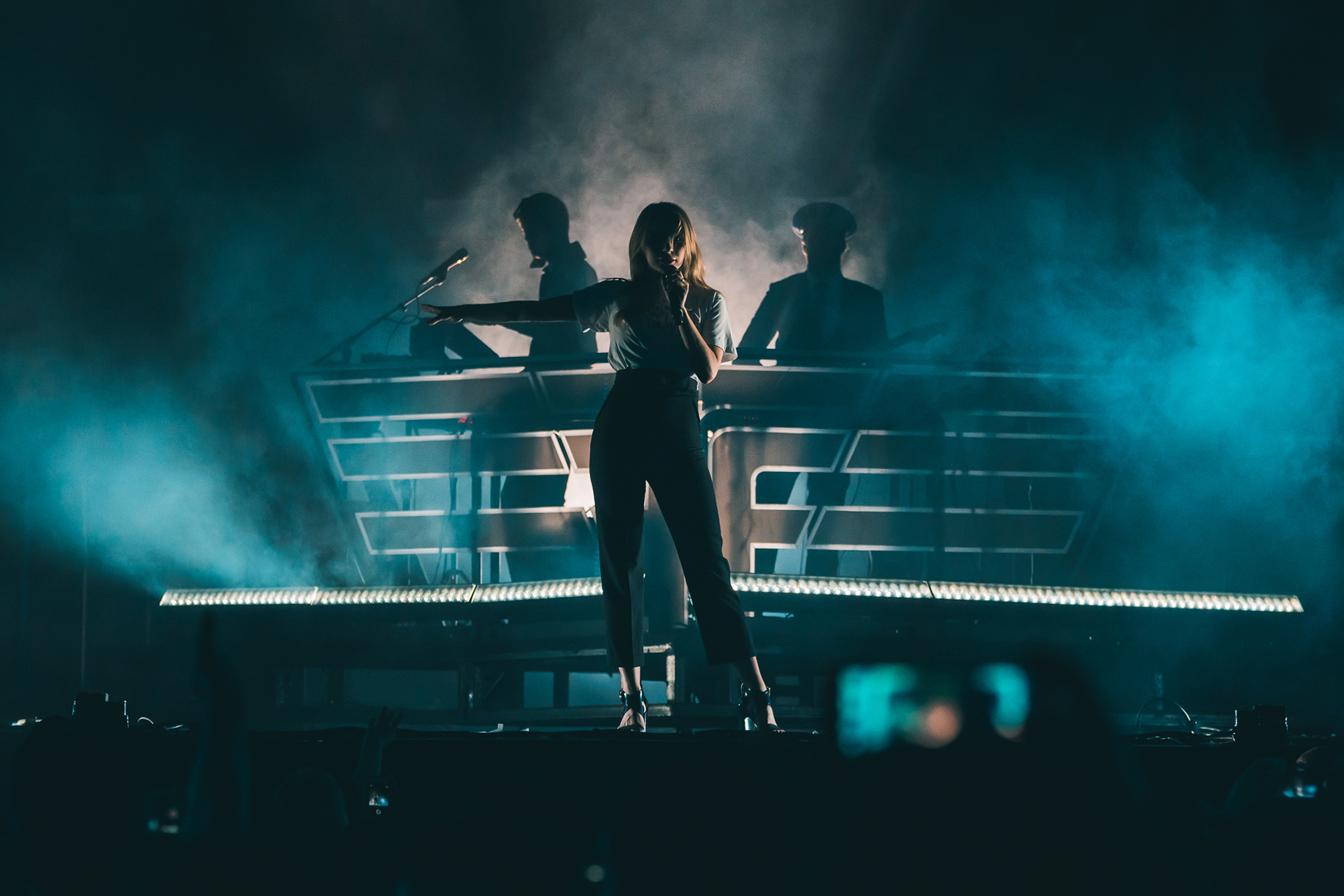
Foto: Ismaya Live
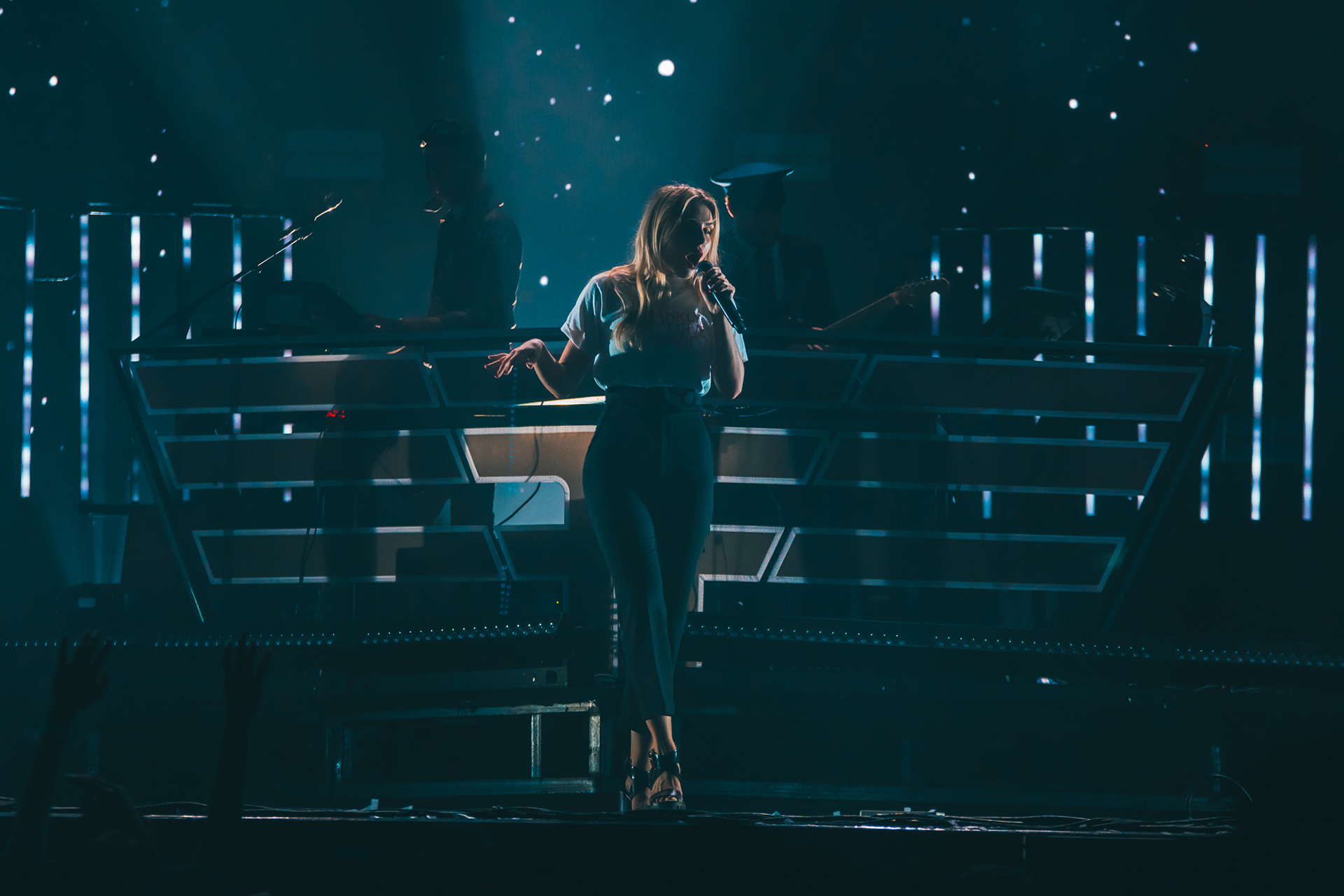
Foto: Ismaya Live
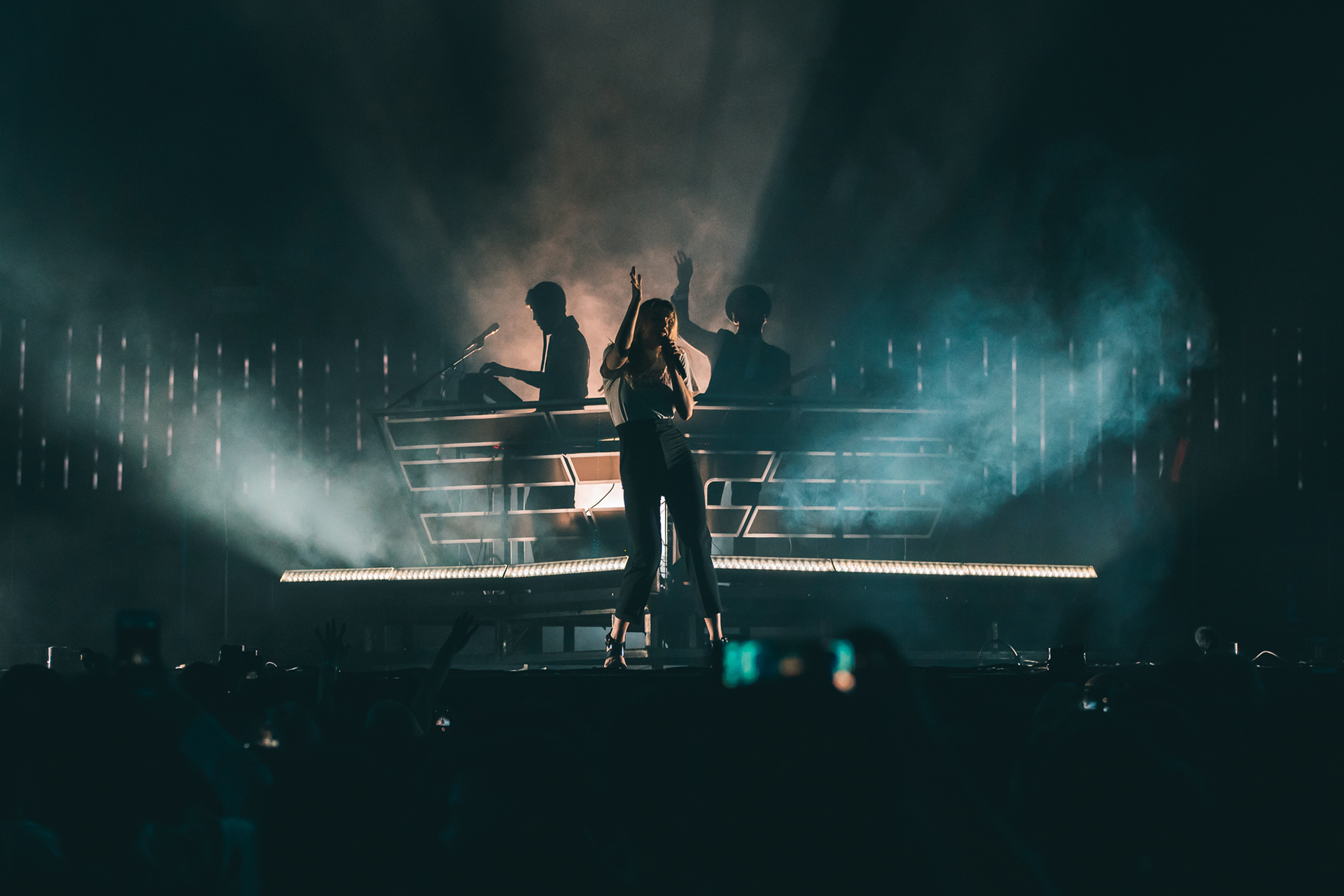
Foto: Ismaya Live
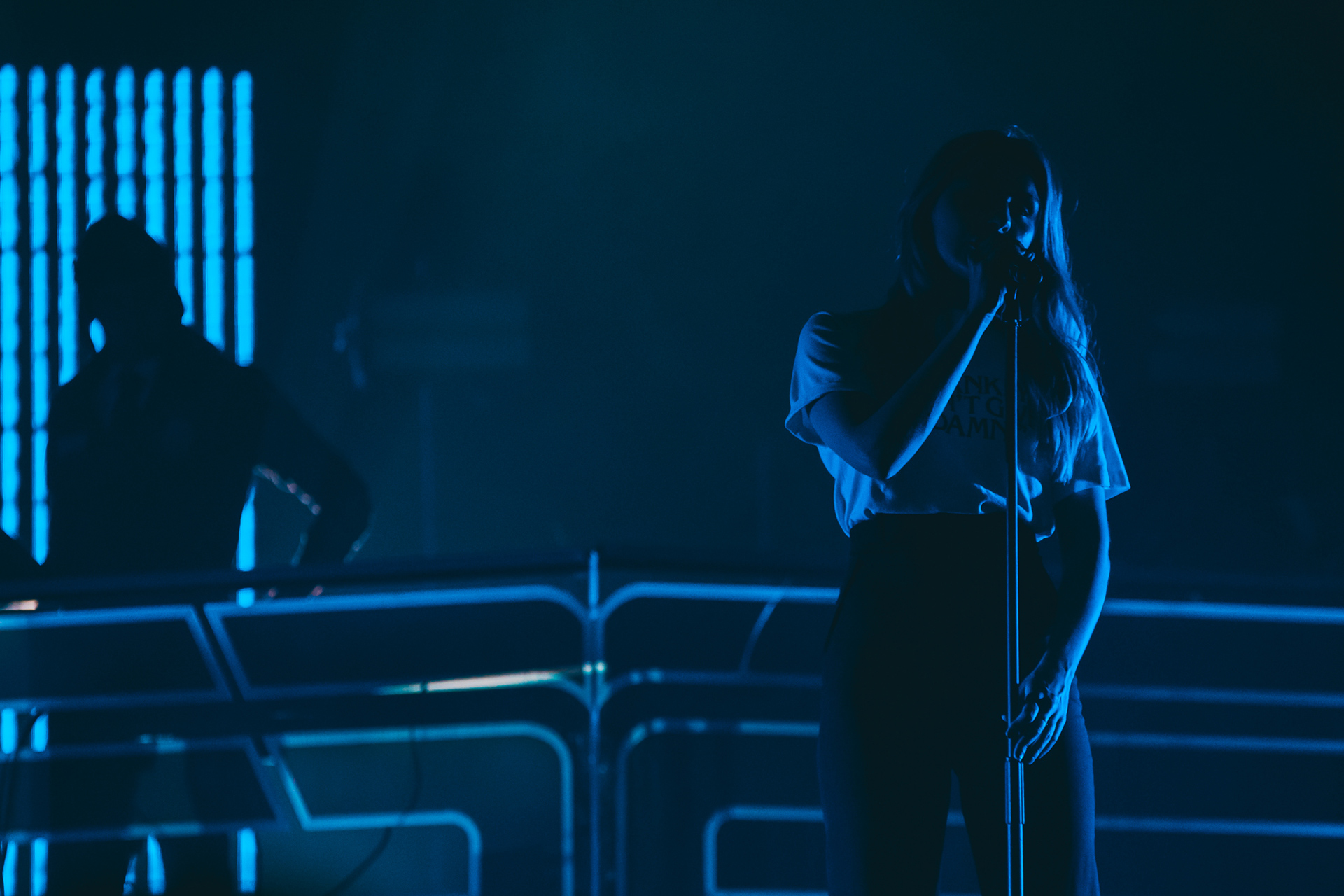
Foto: Ismaya Live
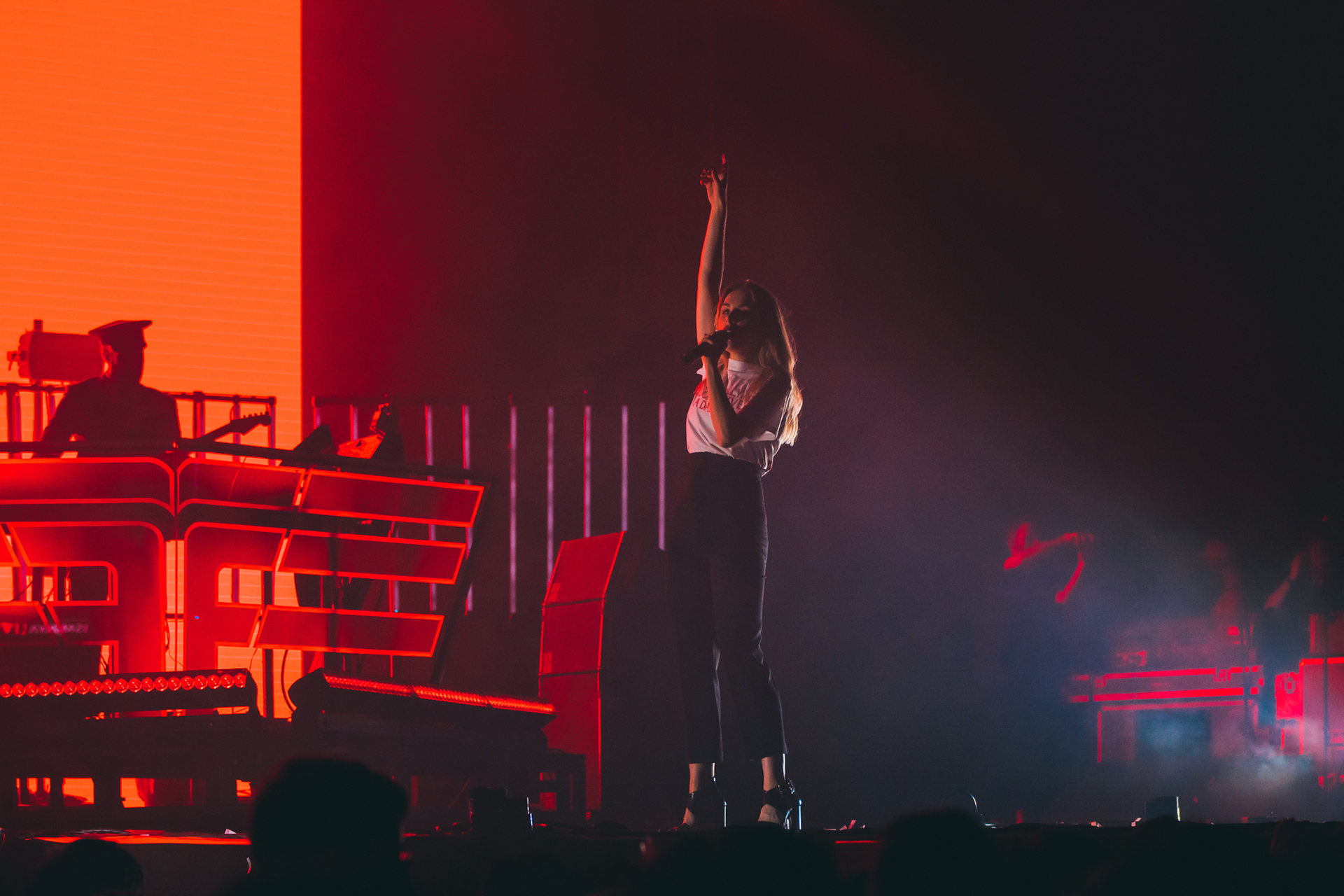
Foto: Ismaya Live

Foto: Ismaya Live

Foto: Ismaya Live

Foto: Ismaya Live

Foto: Ismaya Live

Foto: Ismaya Live

Foto: Ismaya Live
Foto: Ismaya Live
In Indonesia right now there’s been a trend in cross genre / collaborations between hip hop and jazz and even punk, do you think electronic music could evolve into that area as well?
J: Yeah for sure! I think deep punk kind of jumped into electronic as well. Followed by hip hop not long after.
H: Yeah it was around 2007/2008? It was also around the time when urban dance started to get popular, it really was the start.
J: Before EDM ruined everything? (laughs)
There’s this similar tempo correlation between dance and hip hop, so it’s the more natural fit.
H: You can see that it started to really be popularised by artists like Chris Brown. But now I think it’s the other way around, people are chasing hip hop more and more. It’s the biggest music in the world right now. All the dance musicians are slowing down, there’s this similar tempo correlation between dance and hip hop, so it’s the more natural fit.
How do you feel about more cross genre collaborations in the future?
J: We love it! We actually love doing that, when we write songs we try to find the most far out thing and mix it with another thing and see what happens. Hugo’s a really good painter and I suppose if I knew anything about drawing I would love to just experiment with everything. That’s what we try to do in the studio as well.
H: Yeah, we try to mixing as much as we can, because if you try the same thing over and over again you always have the same results, so it’s nice to mix it up once in a while.
What’s one genre that you guys are most interested in dabbling in?
H: I still love hip hop, we did a hip hop track for our last album. What made me really happy about that track is that it felt really nice, if you talk about hip hop our inspiration is still very 90’s inspired, it’s so timeless and that will be the way it will remain forever, that decade in general really. So, taking influences of that time like Bruno Mars did it with a lot of his tracks, it’s so much more interesting than the hip hop they’re making now. That really standardised track doesn’t really do it as much for me than the old melodic samples.
Now everyone’s chasing the same thing because that’s been rated “cool”, so they’re afraid to leave that mould.
J: Well it’s just sounds like they’re chasing their own tails and each other, they’re chasing the same sounds so it just becomes so boring. But back then who’s gonna find the new sound or who’s gonna create that new sound? Everyone was chasing after a new goal, whereas now everyone’s chasing the same thing because that’s been rated “cool” so they’re afraid to leave that mould.
H: Or maybe we’re just old? (laughs)
How important is it for you guys to have a visual component to your live sets or for dance / electronic music in general?
You want to go out and be visually stimulated and you also want there to be something engaging.
J: So important because we’re boring as f**k!
H: To me it’s the equivalent to going out and seeing a movie. You want to go out and be visually stimulated and you also want there to be something engaging. You want to hear the music but in a lot of ways artists could also have an original motion picture of some sort and have their fans watch that movie while simultaneously be enjoying your music.
Have you guys ever thought about doing a movie soundtrack one day?
J: Oh absolutely!
When you come across a crowd that’s not as engaging, how do you deal with that? do you have any secret “weapons” that you use to hype up the crowd?
J: No, the more you try to hype them up the more you see that they’re flat. It’s an energy thing, they have to feed you energy in order for you to feed them back. If they give you nothing and you try to sit there and pretend, you’ll look like an idiot. So you just have to ride it out and figure out the reasons why, for example in Japan, the Japanese crowd are usually more subdued, they clap after songs, but as soon as you call out to them, then they’ll cheer and go crazy so they’re actually waiting for you! You kind of have to test the waters in different places, it’s different in every single place, it has so much to do with culture.
H: You know what I’ve noticed though it has something to do with our vocals to get the crowd moving and get them engage in some way. We generally have pretty good reads on how an audience feels.
We’re not trying to stray too far from where we were, but far enough for people to know that we’ve grown.
You haven’t released an album for a while, can we expect anything new from you guys anytime soon? Could you describe how that’s going to be?
J: Yeah! The same but more reflective of 4 years later
H: We’re not trying to stray too far from where we were, but far enough for people to know that we’ve grown.
J: The point is, we’re not at a place where we’re ready to release a concept record, we’re hoping to be able to do that at some point, to be able to come out with a concept record with 60’s songs that are sampled or something like that!. I think people now, and this is the feedback that we’ve been getting back from our audience, they just want to hear more of the music that we’ve already made. So we’re focusing on making more of that right now.
If you could give advice to any up and coming DJ’s or people that are interested in going into the music world in general, what would you say?
Keep the songs that not everyone knows because it gives people a better read of who you are musically, and that’s more unique than what everyone else is playing.
J: Don’t quit your day job? (laughs)
H: RUN!
J: I guess aside of all the cliche stuff like try your hardest and all that, if it’s not working, try and do something else, there are better more suited jobs for you out there.
H: I was gonna say do something that’s unique to you, the first thing I got told when I first started making mixtapes was that I was making the same music that everyone else was playing in the clubs, just because it’s fun music to make. Someone told me to make something that’s more indicative of me, keep the songs that not everyone knows because it gives people a better read of who you are musically, and that’s more unique than what everyone else is playing.
